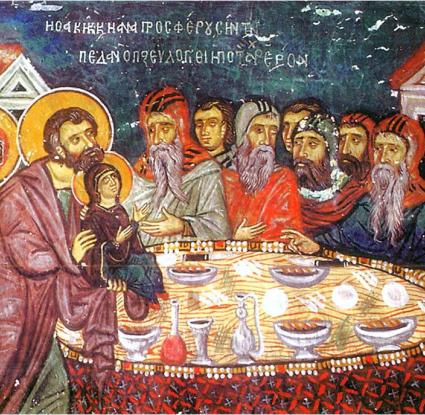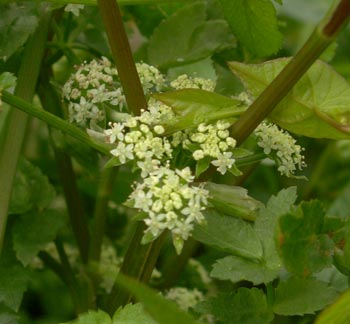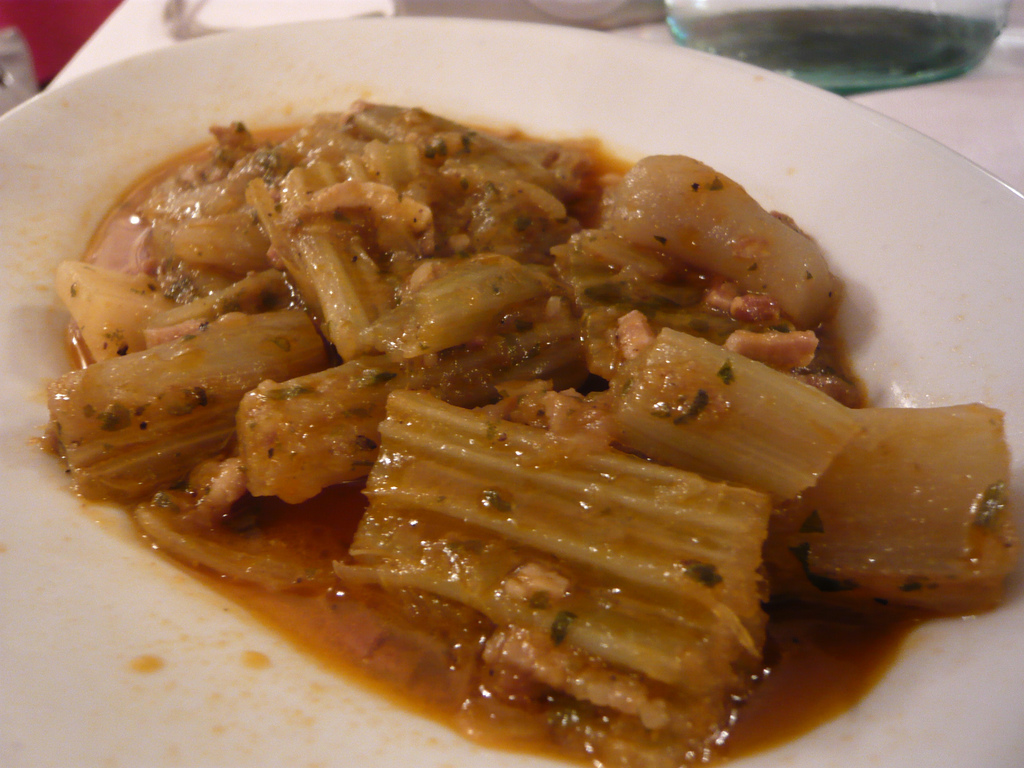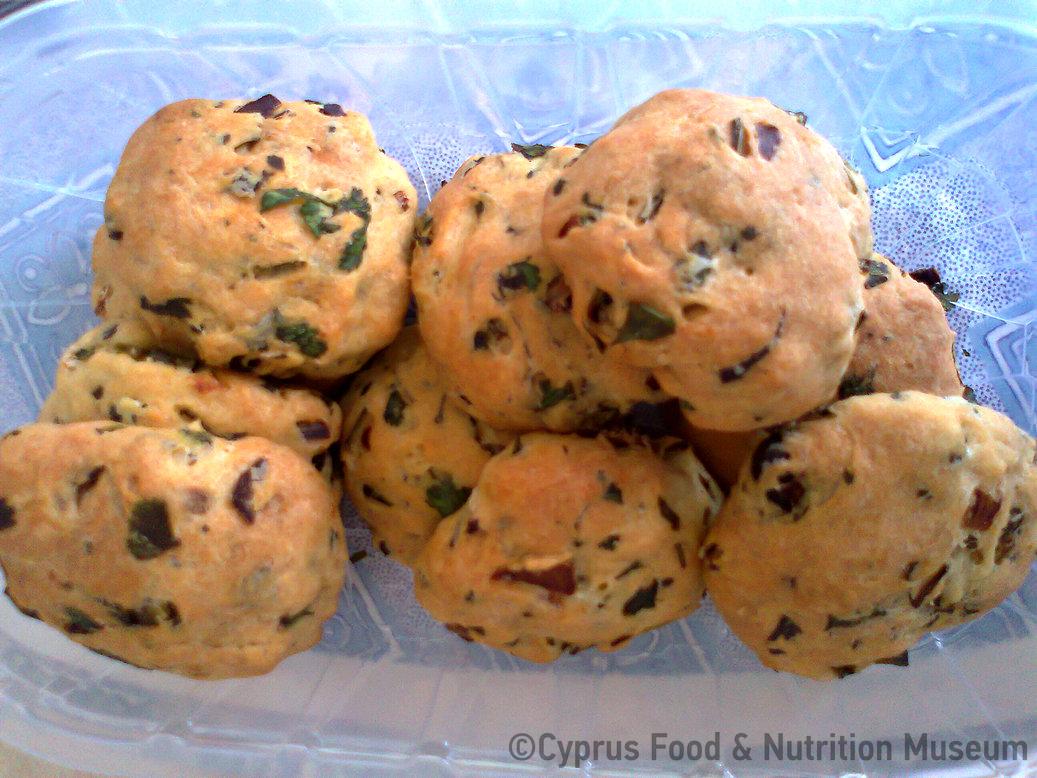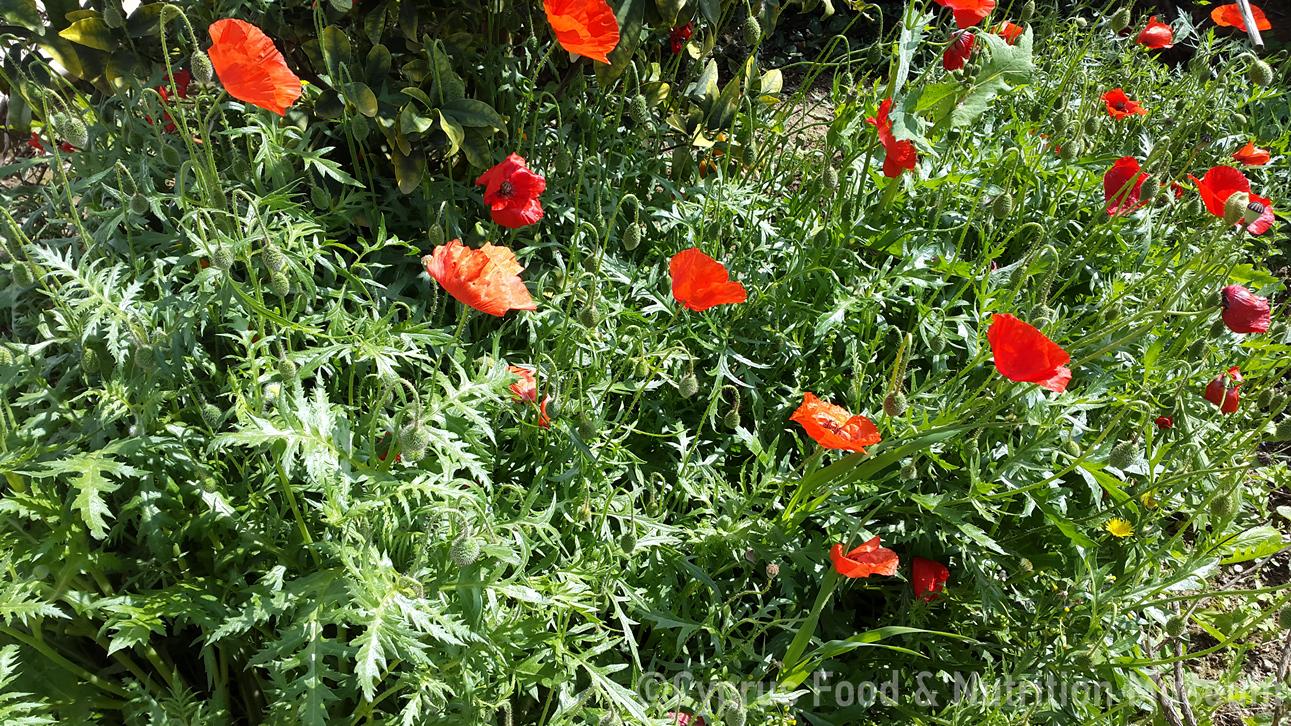Vegetables and wild greens have always been an important part of the Cypriot diet.
Name - Origin
Λαχανικά και χόρτα.
Byzantines used to call all vegetables as 'anithokoudiménta' and distinguish them into 'agrioláhana', 'leptoláhana', 'kakóhyma' and 'ímera' (Motsias 1998, p. 82).
According to written evidence, Byzantines used to consume most fresh vegetables when they vegetables were at two basic stages of their growth: the early 'asparagon' (i.e. shoots), and the consumption of leaves, bulbs or even roots of the same plant at various stages of their ripening (Koder 1992, pp. 26-29). While a lot of fresh vegetables were only available in certain months or weeks of the year, some others could be stored or even transported. Some vegetables, such as rapeseed, for example, were stored in basements or other suitable places without special preparation. Some other vegetables were preserved by drying them, as was the case with legumes (Koder 2005, p. 23). As the 7th-century physician Paul of Aegina (Epitomae medicae libri septem, 9.1-9.2) informs us, vegetables were highly valued, when they were preserved in vinegar and salt, like today's pickled vegetables (Koder 2005, p. 23).
Functional and symbolic role
Vegetables and wild greens have always been an important part in Cypriot and Byzantine diet in general. They were the main food for the poor, while, as Asterius of Amasea (P.G. 40, 380) states, the wealthier Byzantines or "κοιλιόδουλοι" (gourmands) did not like them very much (Koukoules 1952, pp. 88-89). Perhaps, this dislike should be sought in the fact that vegetables constituted the most basic diet of the poor working class; they would often mix legumes and vegetables together to make a meal richer, e.g. spinach and bulgur wheat (Motsias 1998, p. 81). The Byzantine poet Ptochoprodromos suggested that vegetables should be avoided in hot weather, especially in August, while others advised people to eat greens and vegetables in March (Motsias 1998, p. 81).
According to Theodore Stouditis (P.G. 99, 1713), cooked or raw vegetables were the main meal in the monasteries during the fasting periods (Koukoules 1952, p. 89).
Additional information and bibliography
Koder J. (1992) Ο Κηπουρός και η Καθημερινή Κουζίνα στο Βυζάντιο. Αθήνα: Όψεις της Βυζαντινής Κοινωνίας
Koder J. (2005) "Η καθημερινή διατροφή στο Βυζάντιο με βάση τις πηγές", σελ. 17-30. Στο Δ. Παπανικόλα-Μπακιρτζή (επιμ. έκδ.), Βυζαντινών Διατροφή και Μαγειρείαι. Athens: Archaeological Resources and Expropriation Fund.
Koukoules F (1952) Βυζαντινών Βίος και Πολιτισμός. Τόμος Ε. Athens.
Motsia Ch. (1998) Τι έτρωγαν οι Βυζαντινοί. Athens: Kaktos publications.
Papanicola-Bakirtzi D. (1999) Επιτραπέζια και Μαγειρικά Σκεύη από τη Μεσαιωνική Κύπρο. Nicosia: Zavalli printing Ltd.
Athanassios Vionis

